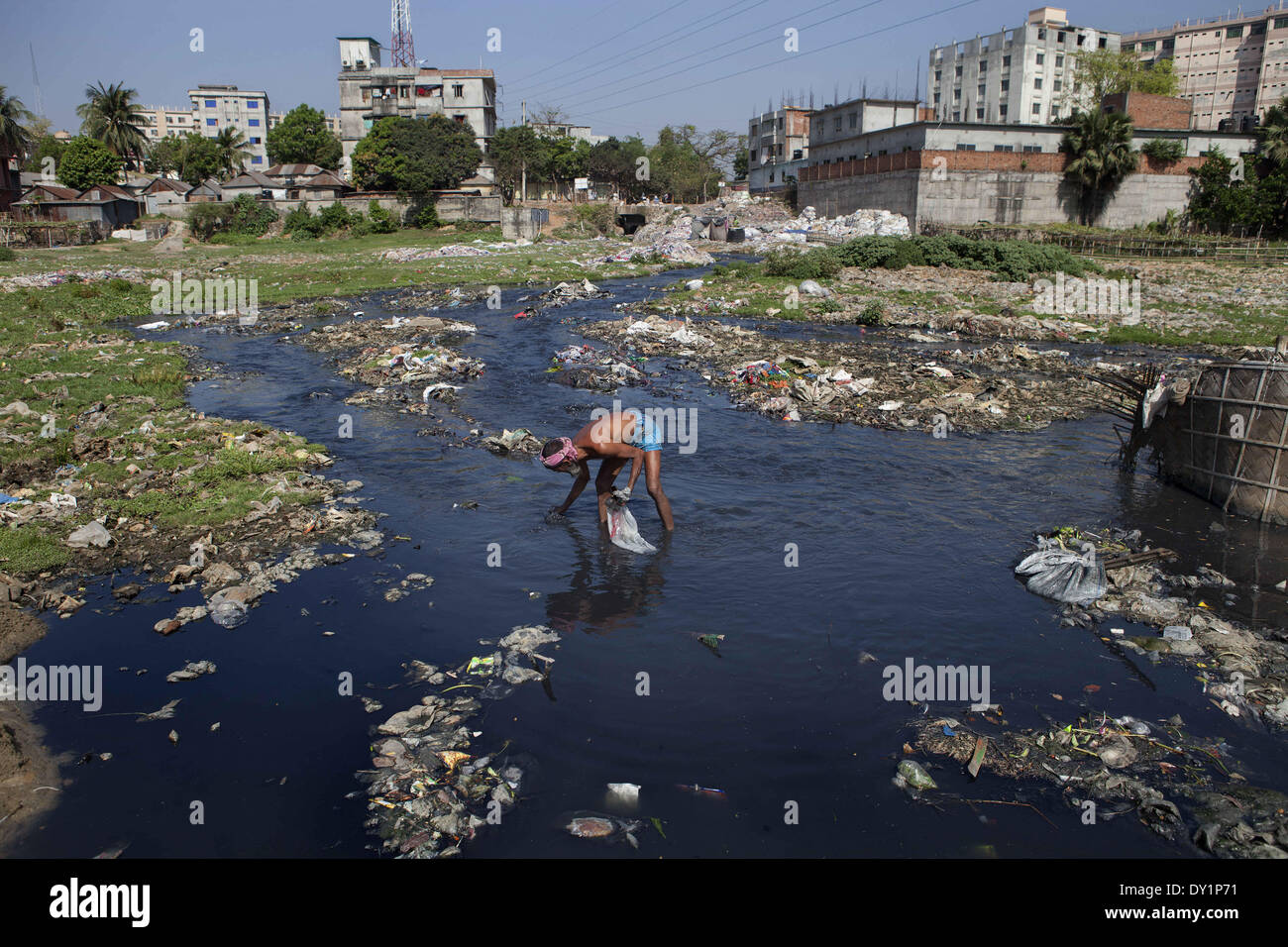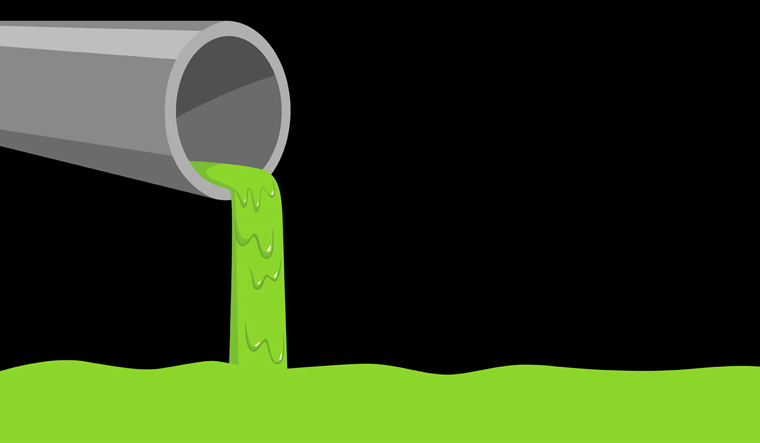How Fluid Garbage Disposal Functions: A Thorough Review of Methods and Technologies Employed

Review of Liquid Waste Kind
The complexity of fluid waste kinds requires an extensive understanding of their qualities and ramifications for disposal. Fluid waste can generally be categorized right into a number of kinds, consisting of industrial, local, agricultural, and unsafe waste. Each classification shows unique buildings, needing specific management techniques to mitigate environmental and health threats.
Industrial liquid waste originates from making procedures and frequently has a series of impurities, such as heavy metals, solvents, and natural compounds. Local liquid waste, mostly making up wastewater from houses and commercial establishments, includes raw material, nutrients, and pathogens (industrial wastewater treatment). Agricultural liquid waste, including overflow from ranches, might consist of plant foods, chemicals, and pet waste, presenting threats to water high quality and ecological communities
Hazardous fluid waste is defined by its toxicity, reactivity, or potential to cause injury. Understanding these varied liquid waste types is essential for establishing effective disposal techniques and making certain compliance with ecological laws.
Physical Therapy Approaches

Testing is the preliminary action, where larger particles and debris are removed from the fluid waste making use of screens or grates. In sedimentation containers, much heavier bits work out at the bottom, developing a sludge layer, while the clarified fluid can be further treated.
Filtration is another vital approach that entails passing the fluid with porous materials, such as sand or membrane layers, to capture smaller sized bits. This step enhances the quality of the liquid, making it ideal for succeeding treatment procedures.

Chemical Treatment Strategies
Chemical therapy techniques are essential for efficiently handling fluid waste, especially in dealing with liquified and colloidal contaminants that physical techniques might not effectively get rid of. These methods make use of numerous chemical representatives to reduce the effects of, speed up, or change hazardous substances right into much less unsafe types.
One usual method is coagulation and flocculation, where chemicals such as alum or ferric chloride are included in advertise the gathering of put on hold fragments. This procedure boosts sedimentation, permitting easier elimination of the resulting sludge. Additionally, oxidation processes, employing agents like chlorine or ozone, are employed to damage down intricate organic compounds and microorganisms, rendering the waste safer for discharge or more therapy.
Neutralization is an additional vital method, which changes the pH of acidic or alkaline waste streams to neutral degrees, preventing prospective harm to downstream systems and the setting. In addition, advanced oxidation processes (AOPs) use combinations of oxidants and ultraviolet light to break down consistent pollutants, accomplishing a greater level of therapy effectiveness.
Organic Therapy Processes
Biological therapy processes play a critical duty in the administration of liquid waste by utilizing microbes to decompose raw material and minimize pollutant degrees. These procedures can be industrial wastewater treatment solutions broadly categorized right into anaerobic and cardiovascular therapies, each employing particular microbial communities to accomplish efficient waste destruction.
Cardiovascular treatment entails using oxygen to assist in the failure of natural materials by germs. This procedure is generally applied in activated sludge systems, where aeration containers give a helpful setting for microbial development, causing the oxidation of natural toxins. The resultant biomass can be separated from treated effluent with sedimentation.
In comparison, anaerobic treatment occurs in the lack of oxygen, depending on different bacteria to break down raw material. This technique is specifically helpful for high-strength waste, as it produces biogas, a renewable energy resource, while decreasing sludge manufacturing. Technologies such as anaerobic digesters are frequently used in metropolitan and commercial applications.
Both cardio and anaerobic biological therapies not just minimize the environmental impact of fluid waste however additionally help with source recovery, making them crucial elements of lasting waste management approaches. Their effectiveness, adaptability, and effectiveness sustain their extensive implementation throughout various fields.
Arising Technologies in Disposal
Cutting-edge techniques to fluid waste disposal are swiftly advancing, driven by developments in innovation and a raising focus on sustainability. Amongst these arising technologies, membrane bioreactors (MBRs) have gotten grip for their ability to combine organic treatment with membrane layer filtration, leading to high-grade effluent that can be recycled in numerous applications. MBRs make it possible for smaller sized footprints and extra reliable operations compared to standard systems.
An additional appealing development is the use of anaerobic digestion integrated with nutrient healing innovations, which not only treats fluid waste yet additionally produces biogas and recovers important nutrients like nitrogen and phosphorus. This double benefit boosts source performance and minimizes environmental influence.
In addition, advanced oxidation processes (AOPs) are being adopted for the degradation of complicated natural toxins. These techniques use powerful oxidants and drivers to damage down impurities at the molecular level, supplying an extremely efficient option for challenging waste streams.
Additionally, the assimilation of expert system and artificial intelligence in waste administration systems is optimizing operational efficiency and predictive maintenance, leading to reduced expenses and enhanced environmental conformity. These modern technologies mirror a considerable shift in the direction of even more efficient and lasting liquid garbage disposal techniques.
Verdict
In verdict, efficient fluid waste disposal requires a comprehensive understanding of numerous strategies and modern technologies. By constantly advancing these approaches, it ends up being possible to attend to the expanding challenges linked with fluid waste, eventually adding to ecological security and resource recuperation.
Liquid waste disposal is a crucial facet of environmental management, calling for a detailed understanding of numerous methods and technologies customized to various waste types. Fluid waste can extensively be categorized into a number of types, including industrial, local, farming, and unsafe waste. Agricultural fluid waste, including drainage from farms, may contain fertilizers, pesticides, and pet waste, posturing risks to water high quality and ecological communities.
Various physical therapy techniques play a vital function in managing liquid waste properly - industrial wastewater treatment.In verdict, efficient fluid waste disposal requires an extensive understanding of different strategies and innovations